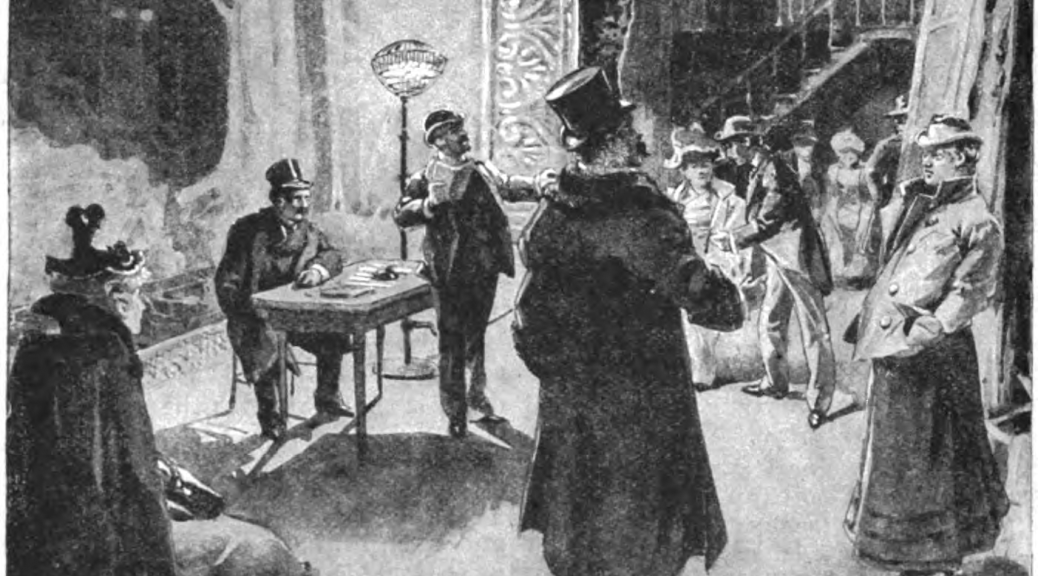Last month, I shared some words and images about props from an 1893 magazine article titled “How a Play is Produced”. The article has a number of other great images showing the construction and rehearsal of a new play.
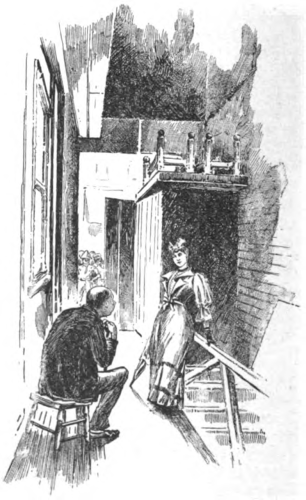
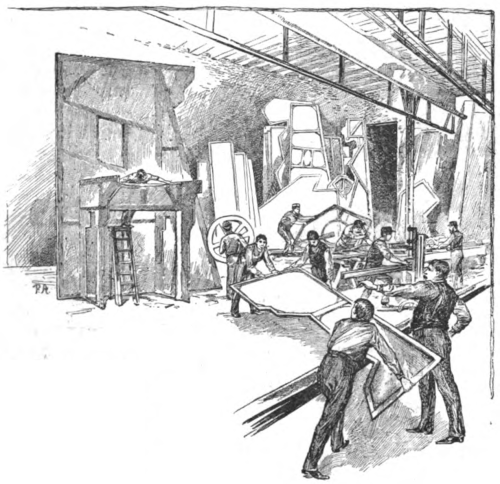
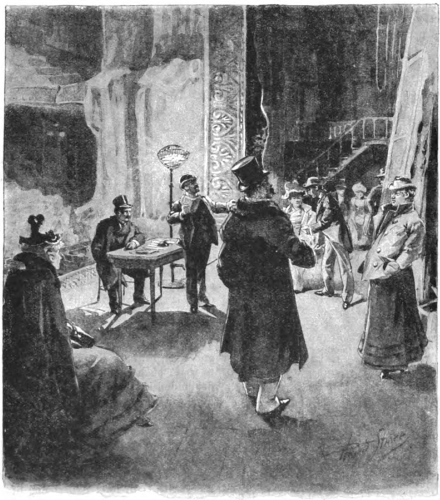
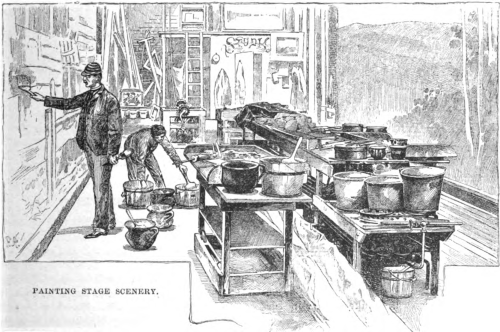
The description of the scenic artist is enlightening:
Each stock theatre has at least one scenic artist attached to it. It is the duty of the scenic artist to paint the scenery for each new production, or touch up old scenery for a revival. He has a large studio up in the “flies,†and it is there that the work is done. Directly the manager decides on the play he will produce he sends for the scenic artist, explains the scene of each act, and asks what there is “upstairs” that will do. Sometimes the manager will do the best he can with old scenery, and instruct the scene painter to alter and touch it up. At other times he will decide on having brand-new scenery for each act. In the latter case the scene painter receives the order to prepare models of each act, the style being left largely to the taste of the artist; and if the models are approved of they are given to the stage carpenter, who, with his ten or twenty assistants, reproduces them on the scale required. When this work is finished by the carpenters the painter steps in once more and sets to work on the decoration.
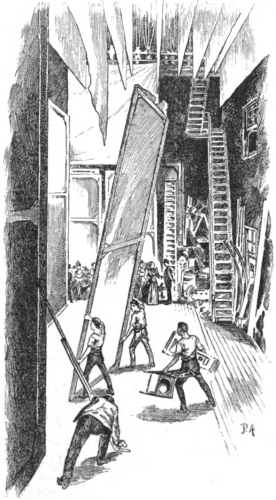
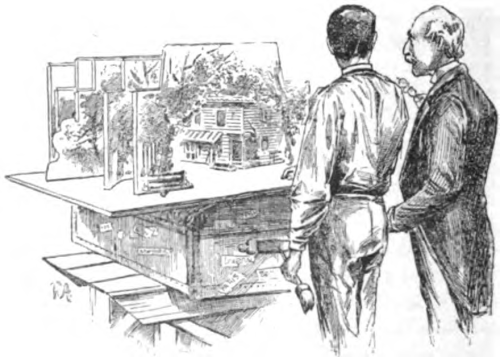
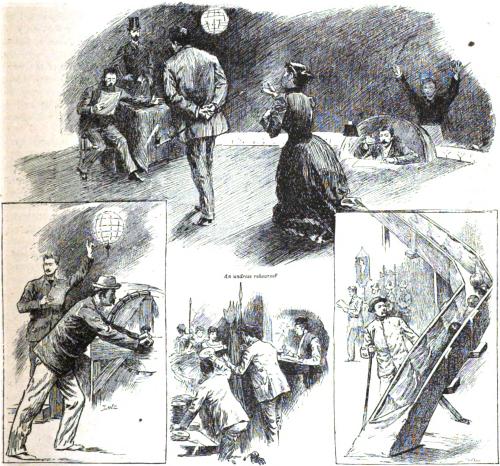
The final image above shows a collage of scenes. On top is “an undress rehearsal”. Below is a wind machine, distributing the props, and a thunder apparatus.
Source: Hornblow, Arthur. “How a Play Is Produced.†Popular Monthly 1893: 614-22. Google Books. Web. 6 Jan. 2016.

